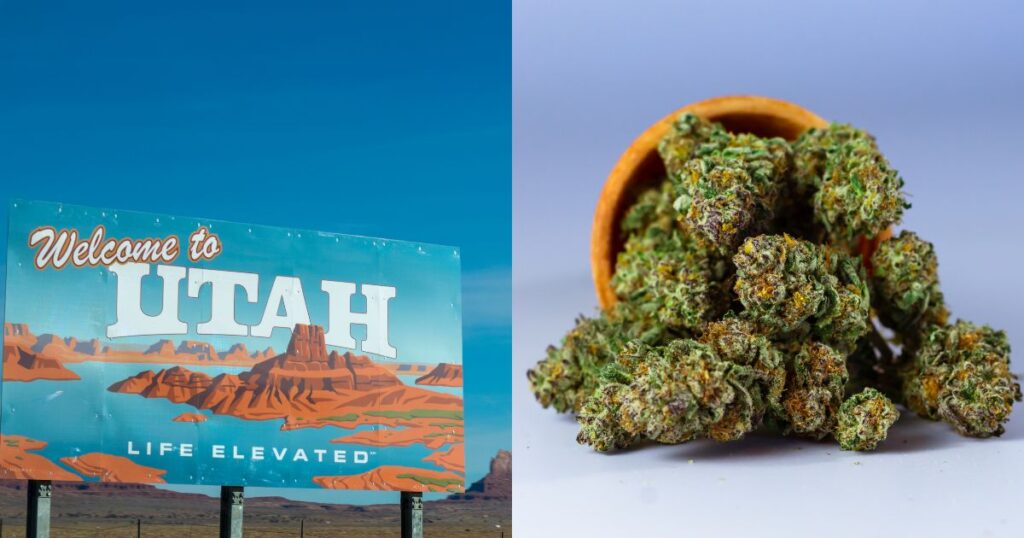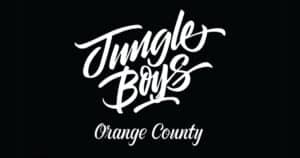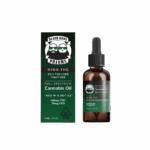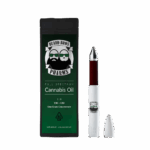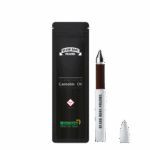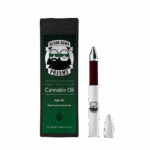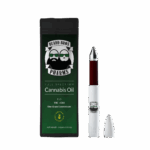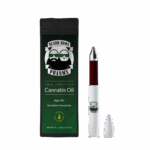Five years since its inception, Utah’s medical marijuana program stands as a model for cannabis policy within conservative states. With over 100,000 medical cannabis cardholders now registered, this highlights both the continued demand for accessible plant medicine and the evolving perspective on medical marijuana in communities traditionally wary of its use. This signals not only an upward trend in registration numbers but also the increasing acceptance of cannabis as a legitimate medical treatment option across the state.
How the Utah Medical Marijuana Program Evolved
Utah’s medical cannabis program began following the 2018 ballot initiative that legalized medical marijuana. Turnout in favor of the referendum demonstrated demand, but it wasn’t without its challenges. Extensive regulations, high costs, and initial skepticism among healthcare providers posed barriers to patients needing access. Over time, incremental improvements, legislative refinements, and patient advocacy worked to make the program more accessible.
Fast forward to 2025, the state of Utah now boasts a more refined and effective system of cannabis distribution. From qualifying over 20 medical conditions for cannabis prescriptions to simplifying the process for recommending doctors, this evolution has brought much-needed relief to thousands suffering from chronic pain, PTSD, and nausea.
Why The 100,000 Milestone Matters
According to data from the Utah Department of Health and Human Services, the current registry of over 100,000 cannabis patients represents one out of every thirty-five Utahns. Considering the state’s conservative roots, this figure is nothing short of remarkable. It reflects a systematic destigmatization of medical cannabis and growing trust in its benefits.
“It’s a major milestone in the program that represents a lot of work that patients have done to find medications that work for them,” said Rich Oborn via Fox 13, the head of the cannabis program for Utah’s Department of Health & Human Services. “Medical cannabis is something that’s evaluated carefully with help from a physician.”
Equally telling are the numbers reflecting patient utilization patterns. Monthly purchases for cannabis products have reached over $15 million, with cumulative sales nearing $600 million since the program’s launch. Unlike other states where cannabis flower dominates sales, Utah patients are spending more on cartridges and vapes.
Overcoming Hurdles
The growth does not come without its challenges. An important component of the medical marijuana process involves getting a medical card. However, recent changes brought about by SB64 eliminated “pop-up” clinics worked with pharmacies that offered discounted card services. The new policy is a financial hurdle for lower-income patients who utilize these clinics for the $75 reduced fee (compared to the standard $200 fee).
Despite this loss, there are silver linings. Medical providers throughout Utah who are licensed to prescribe controlled substances can now recommend cannabis directly. This is intended to give patients the option to consult with familiar doctors, potentially reducing costs associated with additional referrals.
There was a time when physician participation in cannabis recommendations was a rarity, with many providers voicing reservations about its efficacy. Today, nearly 1,000 qualified medical providers now take part in Utah’s cannabis program.
Impact on Health and Society
Beyond serving as a pain management tool, medical marijuana in Utah has been linked to declining opioid dependency rates. Research commissioned by Dragonfly Wellness and Management Science Associates revealed that 84% of participants reported cutting opioid use by 54% after adopting cannabis treatments into their pain management plans. Additionally, prescription opioid overdoses in Utah have decreased, further solidifying the case for cannabis as a safer, less addictive alternative.
For individuals like Libby Chatwin, a recovering opioid addict and medical cannabis patient, the decision to switch to medical cannabis was life-changing. “I’ve been able to drastically cut down on the opiates,” she told Fox13 News. Her story parallels those of many others who credit marijuana with providing pain relief without the addictive consequences associated with traditional prescriptions.
Striving for a More Inclusive Program
While Utah’s medical marijuana program has achieved significant milestones, patients and advocates agree there’s still much work to be done. Financial obstacles persist due to the lack of insurance coverage, and pricing remains a challenge as legal cannabis options must compete with the affordability of illicit market alternatives. Expanding the range of qualifying conditions for treatment remains another pressing goal for advocacy groups.
Still, there is optimism. Recent polling indicates that more than half of Utah voters support the idea of legalizing recreational cannabis, though the path to such a policy remains uncertain under the conservative legislature.
Is the Utah Medical Marijuana Program a Model for Other Conservative States?
Utah’s medical marijuana program serves as an example for other conservative-leaning states. By structuring its cannabis policy with strict regulations and focusing on its medical potential, Utah has managed to carve a place for medical marijuana in an otherwise restricted landscape.
The program has also started collaborations between advocacy groups, researchers, and pharmacies to ensure the success of plant medicine. Studies from the University of Utah Center for Medical Cannabis Research reinforce the medical effectiveness of marijuana, building trust within the state and providing further education for those who don’t believe in the medical value of marijuana.
What’s Next For Medical Marijuana in Utah
The milestone of 100,000 registered patients is not just a number. It’s a testament to the resilience of patients, the dedication of advocates, and a state willing to adapt to a changing health landscape despite cultural pushback.
Patients interested in learning more about Utah’s cannabis program should consult resources provided by the Utah Department of Health or speak with qualified medical providers.
As Utah continues its strides in plant medicine policy, the focus must remain on providing equitable and safe access, reducing barriers for low-income individuals, and further embedding medical marijuana as a trusted alternative in mainstream healthcare discussions.



